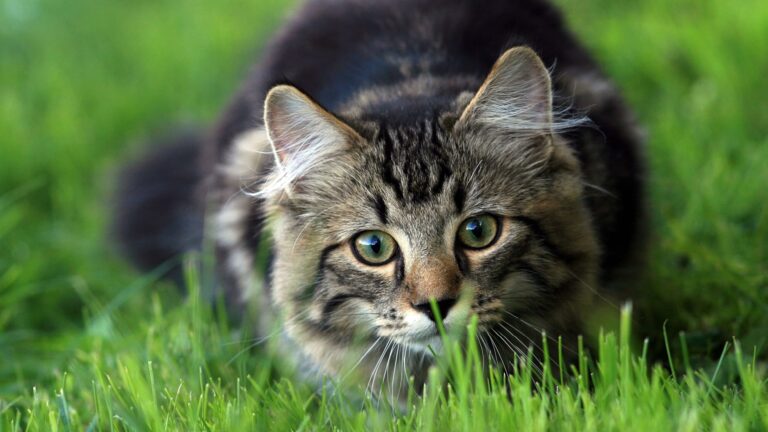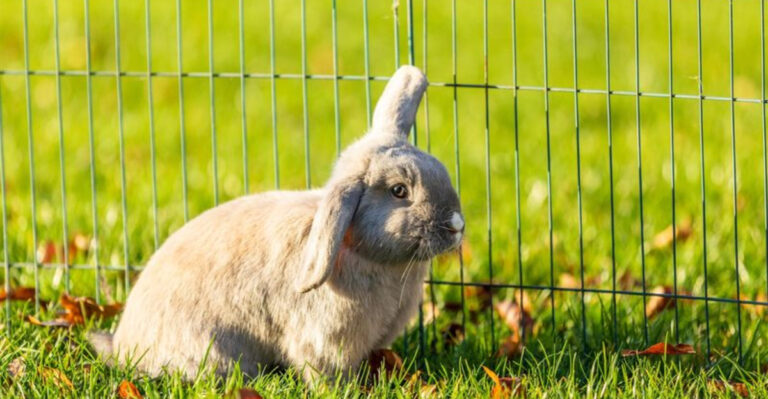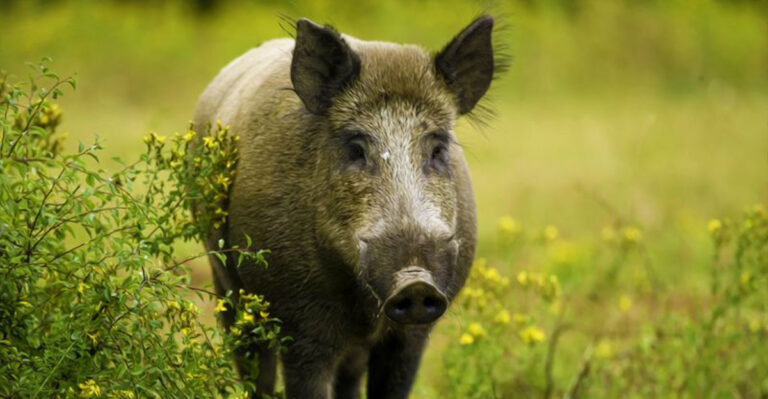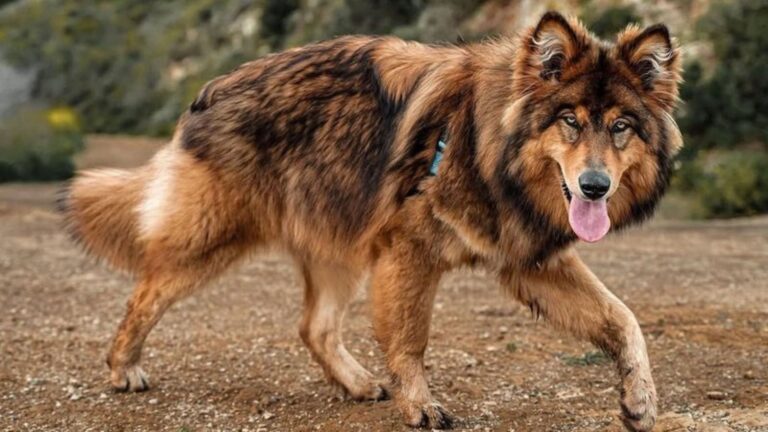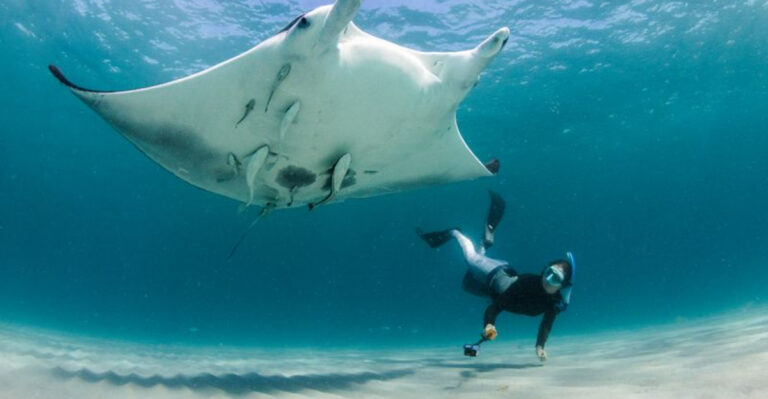7 Cat Breeds That Just Aren’t Worth Your Money And 8 That Actually Are
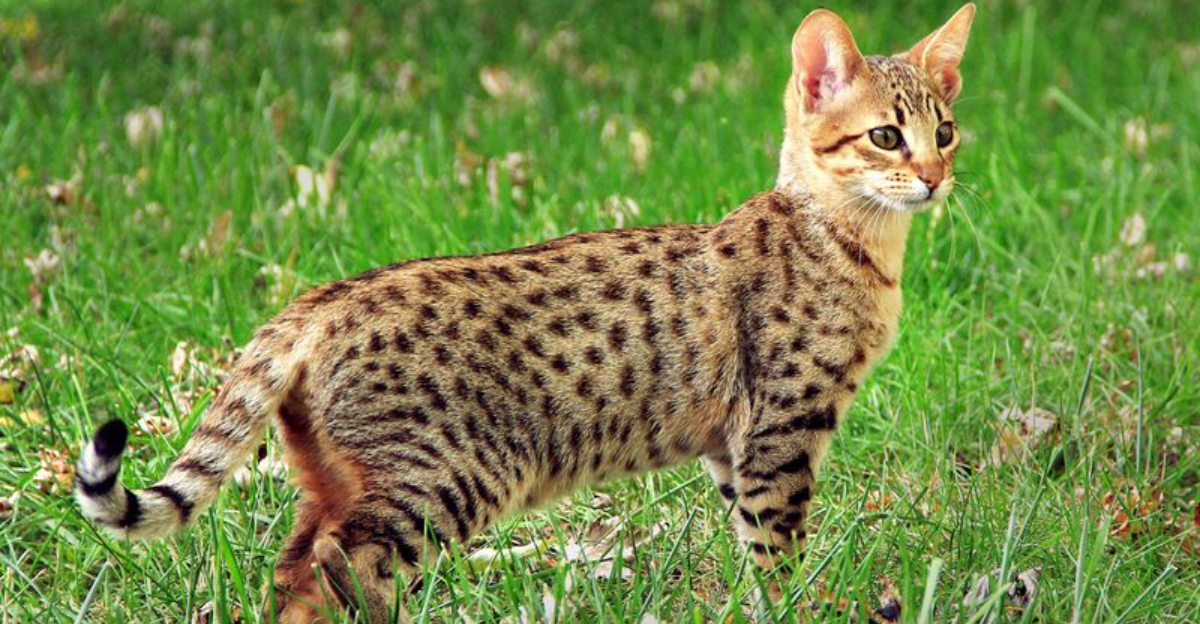
Bringing a feline friend into your home is exciting, but not all cat breeds offer the same value for your investment.
Some cats come with hidden costs like special grooming needs, health problems, or temperaments that don’t match every lifestyle.
Before you fall in love with those adorable kitten eyes, it’s smart to know which breeds might drain your wallet and which ones offer years of joy without breaking the bank.
1. Sphynx
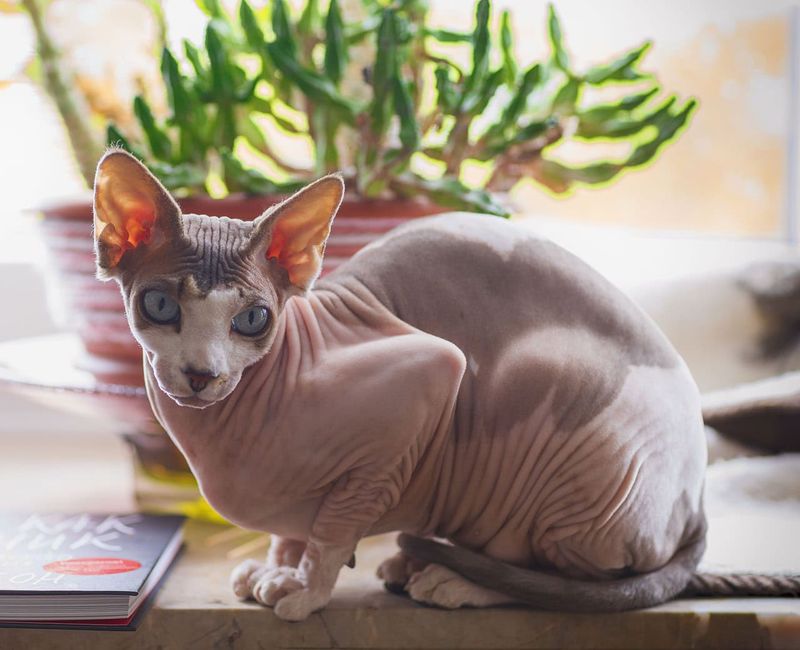
These wrinkly, hairless wonders need weekly baths to remove body oils that fur would normally absorb. Without a coat for protection, they require special sunscreen and clothing in cold weather.
Their high metabolism means they eat more than average cats, driving up food costs. Expect to pay premium prices for this unique breed – starting at $1,500 for kittens!
2. Persian
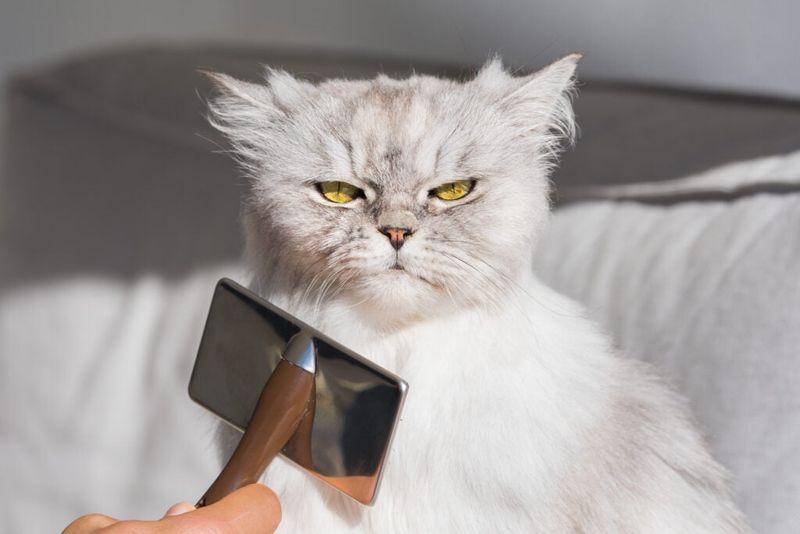
Those flowing locks come with a hefty price tag! Persian cats require daily brushing to prevent painful mats, plus regular professional grooming sessions that add up quickly.
Their flat faces often lead to breathing difficulties, eye problems, and dental issues requiring specialized veterinary care. Many owners don’t realize they’re signing up for hours of grooming and potential health expenses when captivated by those sweet faces.
3. Bengal
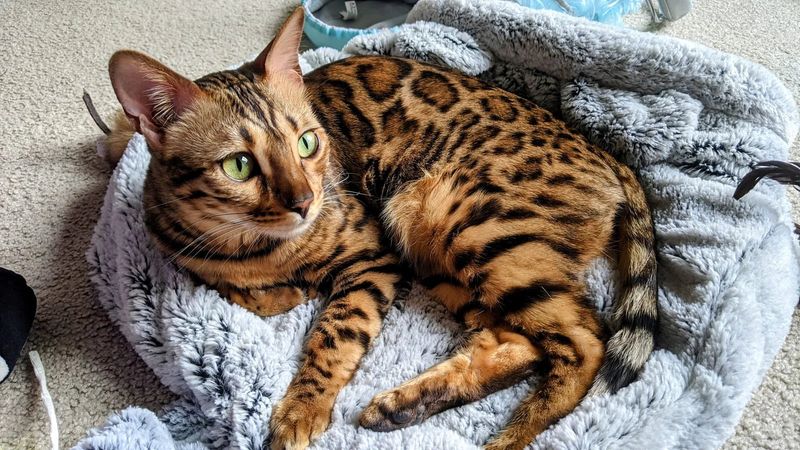
Looking like miniature leopards, Bengals command initial prices between $1,500-$5,000. Their wild ancestry creates boundless energy requiring extensive play equipment and enrichment toys.
Bored Bengals become destructive fast, potentially damaging furniture and belongings. They’re not content as simple lap cats – you’ll need to invest time, space, and money to keep these active felines properly stimulated and happy.
4. Savannah
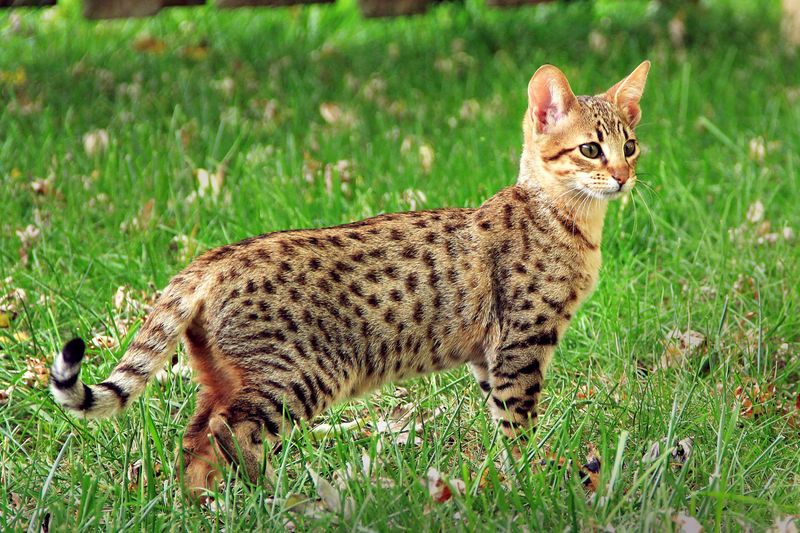
Born from crossing domestic cats with African Servals, Savannahs can cost an eye-watering $20,000 for first-generation kittens! Their wild instincts mean standard cat toys won’t cut it – expect to build elaborate climbing structures.
Many areas have restrictions or outright bans on these semi-wild cats. Finding specialized veterinary care and pet insurance becomes another unexpected challenge for Savannah owners.
5. Maine Coon
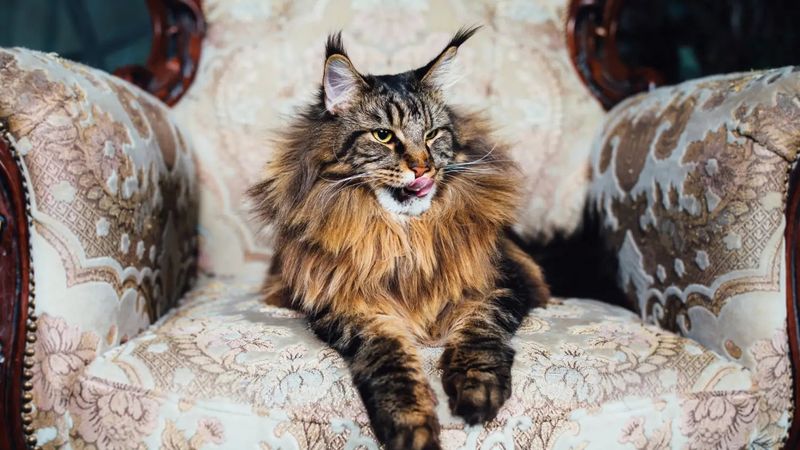
Gentle giants they may be, but Maine Coons eat significantly more than average cats. Their massive size means larger litter boxes, sturdier cat trees, and bigger carriers – all at premium prices.
Health-wise, they’re prone to hip dysplasia and heart disease, potentially leading to thousands in veterinary bills. While lovable and majestic, these supersized felines come with equally supersized expenses throughout their 12-15 year lifespan.
6. Scottish Fold
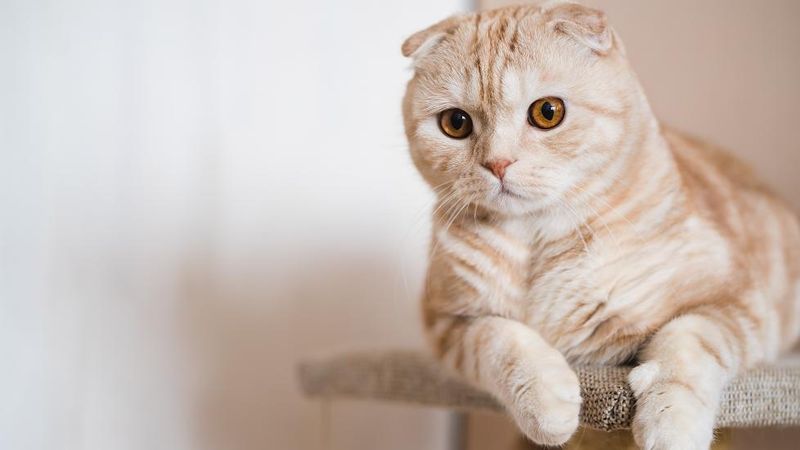
Those adorable folded ears result from a cartilage mutation that can cause severe joint pain and mobility issues as these cats age. Ethical breeders charge $1,000-$3,000, but medical bills often exceed this initial investment.
Many Folds develop painful arthritis by middle age. The breed’s popularity has led to improper breeding practices, further increasing health risks and the likelihood of expensive veterinary interventions throughout their lives.
7. Abyssinian
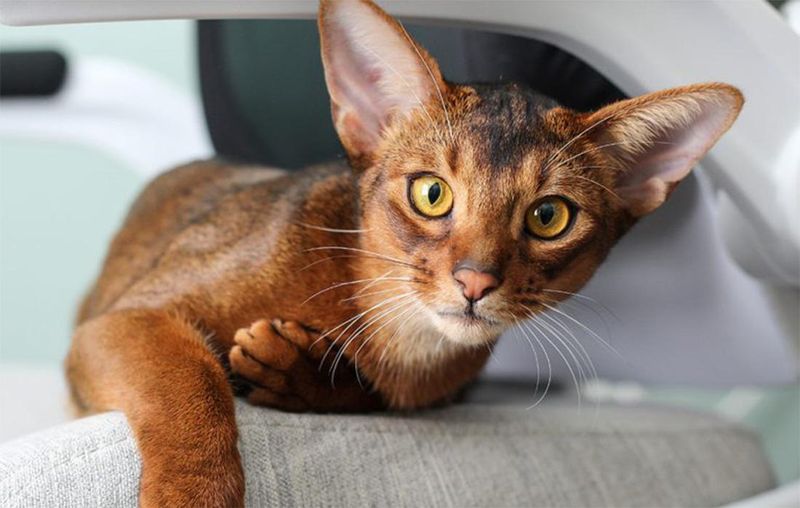
Nicknamed “the busy bee” of cat breeds, Abyssinians rarely sit still. Their intelligence demands constant mental stimulation through interactive toys, puzzle feeders, and dedicated play sessions.
Without proper attention, they develop destructive behaviors and anxiety. While not the priciest breed upfront, the hidden costs come in time investment and environmental enrichment needed to satisfy their energetic, curious natures.
8. Ragdoll

Named for their tendency to go limp when held, Ragdolls offer incredible value through their easygoing temperament. Their semi-long fur resists matting, requiring just weekly brushing instead of professional grooming.
Known for dog-like loyalty, they greet owners at doors and follow them around the house. Their gentle nature makes them ideal for families with children or other pets, providing years of affection without demanding specialized care.
9. British Shorthair
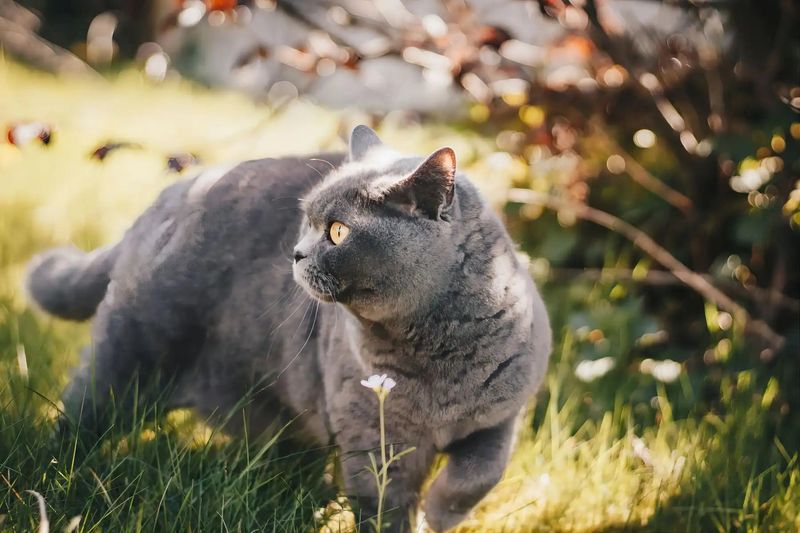
With plush, dense coats that need minimal grooming, British Shorthairs practically maintain themselves. They’re notoriously healthy, often living 14-20 years with few breed-specific medical issues.
Their calm, undemanding nature suits busy households and apartment living. Unlike needier breeds, they’re content amusing themselves while you’re at work, making them perfect low-maintenance companions for modern lifestyles.
10. American Shorthair

Descended from working cats who earned their keep catching mice on ships and farms, American Shorthairs inherited remarkable hardiness. Their moderate build and natural proportions avoid the health problems that plague extreme breed types.
With short, easy-care coats and sensible appetites, they won’t strain your budget. These cats often reach their late teens or early twenties with minimal veterinary intervention beyond routine care.
11. Siberian

Despite their luxurious triple coat, Siberians produce less of the Fel d 1 protein that triggers allergies. This makes them rare cats that allergy sufferers can often tolerate!
Hardy and naturally healthy, they developed in Russia’s harsh climate without human intervention. Their playful, affectionate nature combined with lower allergy impact makes them worth their moderate price tag for families previously unable to enjoy feline companionship.
12. Burmese
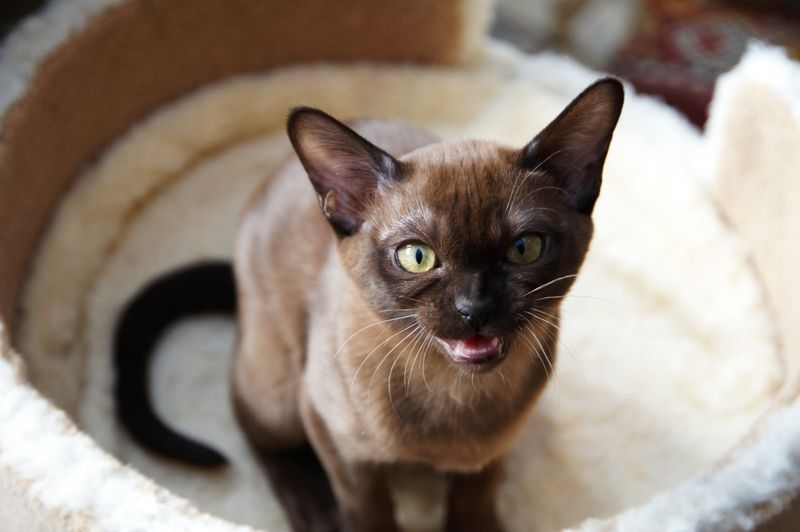
Burmese cats pack big personalities into compact, muscular bodies. Their short, silky coats shed minimally and stay clean with almost no owner intervention.
Famous for forming intense bonds with their humans, they offer exceptional emotional value. Unlike standoffish breeds, Burmese actively seek interaction and conversation, often learning to play fetch and perform tricks that would make dog owners jealous.
13. Russian Blue

Behind that reserved exterior lies a deeply loyal companion who forms strong bonds without demanding constant attention. Russian Blues have plush, low-shedding coats that rarely need more than occasional brushing.
They’re famously good at entertaining themselves while you’re away. Health-wise, they typically enjoy long lives free from genetic issues, making them economical choices for those seeking quiet, dignified companionship without high maintenance requirements.
14. Manx
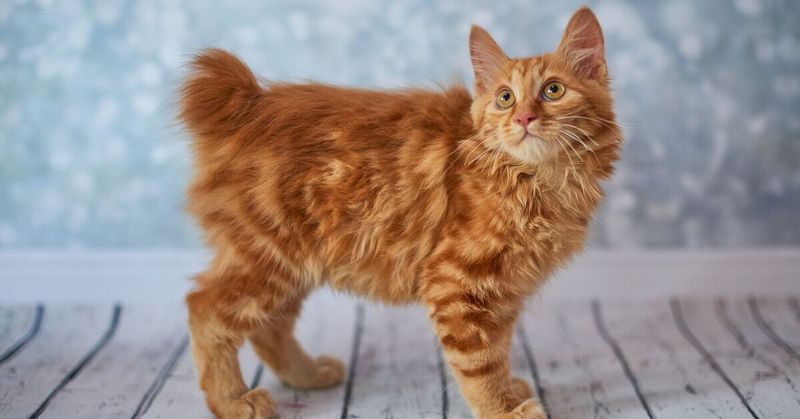
Famous for their taillessness, Manx cats bring centuries of hardy island genetics to your home. Originally from the Isle of Man, they developed as efficient mousers with minimal health concerns.
Their double coat sheds seasonally but requires just weekly brushing. Particularly devoted to their families, Manx cats offer exceptional companionship value without demanding expensive foods or grooming regimens that other premium breeds require.
15. Oriental Shorthair
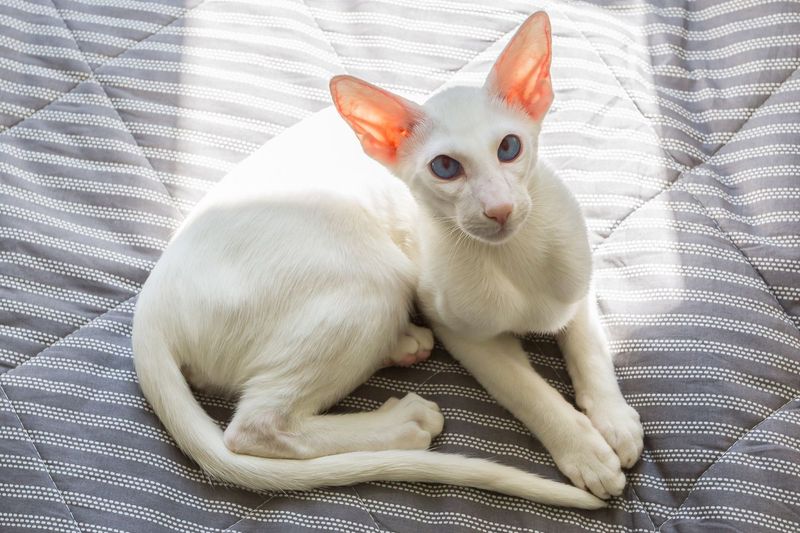
Imagine Siamese personalities without the excessive vocalization! Oriental Shorthairs bring intelligence and playfulness wrapped in sleek, low-maintenance packages that need minimal grooming.
They form deep bonds with their humans while maintaining excellent health into their senior years. Their slender builds mean moderate food costs, and their adaptability suits various living situations – from apartments to large homes with multiple pets.

